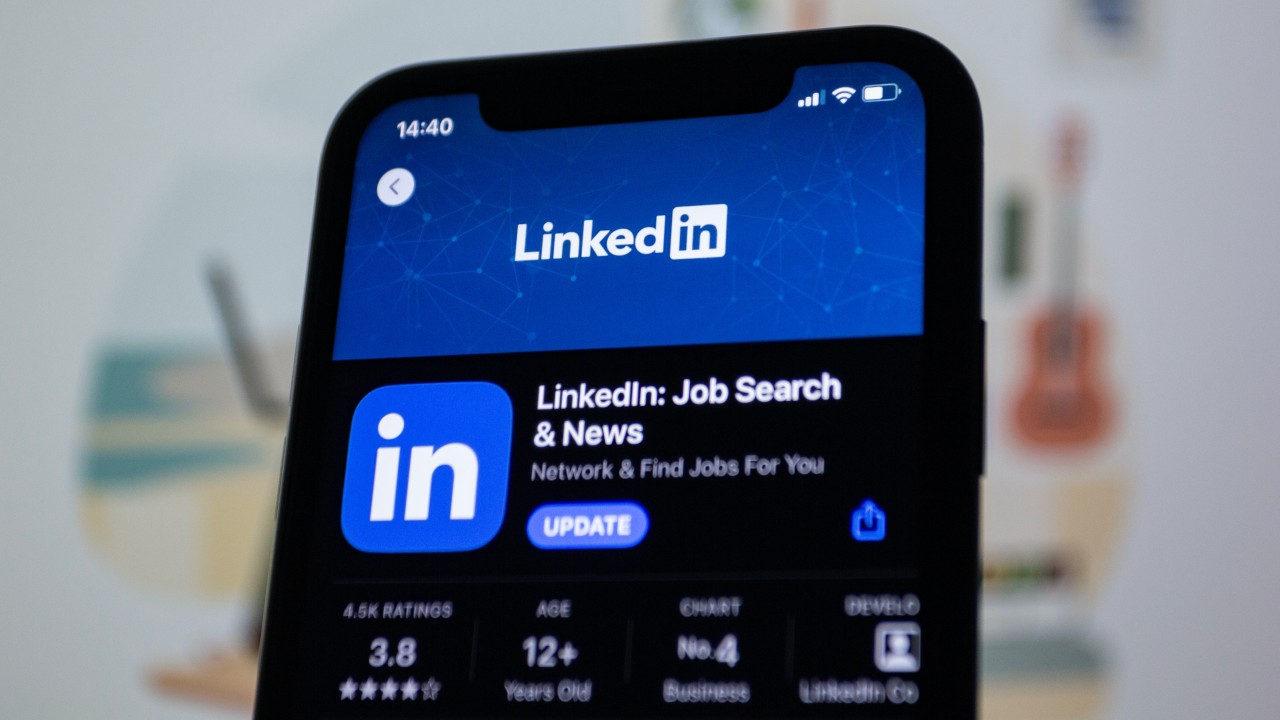LinkedIn, the professional networking platform, has recently launched a messaging inbox feature for company pages. This new update enables direct communication between businesses and users, fostering immediate and seamless exchange of information. As global economic conditions continue to fluctuate, this messaging feature comes at a time when businesses are increasingly shifting their focus from lead generation to brand building. In this article, we will explore the significance of LinkedIn’s messaging inbox for company pages and its implications for B2B marketing and brand-consumer relationships.
Direct Messaging for Enhanced Connection
LinkedIn’s messaging inbox for company pages allows businesses to send and receive direct messages (DMs), breaking the barrier that was previously limited to person-to-person interactions. This feature facilitates a more seamless exchange of information on services, business opportunities, and other professional topics. With this update, users now have the liberty to DM a company page and initiate conversations directly within the app, with page administrators responding as the page itself.
LinkedIn’s Response to Changing Business Priorities
The introduction of messaging inbox for company pages aligns with the shifting priorities of businesses amidst economic uncertainties. While lead generation has traditionally dominated marketing efforts, global trends indicate a growing emphasis on brand building. A recent survey revealed that 64% of B2B CMOs reported an increased importance of brand building in their organizations due to economic conditions. Furthermore, 63% of B2B marketers reported increased spending on brand awareness.
LinkedIn recognizes the need for a new approach that includes future buyers, especially during economic downturns when only 5% of buyers are in-market at any given time. To address this challenge, LinkedIn aims to make it easier for marketers to reach future buyers and for those buyers to connect with brands. The introduction of Pages Messaging is a significant step forward in bridging the gap between businesses and potential clients on LinkedIn.
Enhancing Brand-Consumer Interaction
The launch of messaging inbox for company pages marks a meaningful shift in LinkedIn’s functionalities, highlighting the importance of direct and efficient communication in fostering brand-consumer relationships. This update aims to enhance the connection between businesses and potential customers, providing a valuable platform for engagement and interaction.
With over 930 million professionals in its community, LinkedIn offers businesses a unique opportunity to reach future buyers and generate brand recognition. By providing a messaging feature for company pages, LinkedIn enables businesses to engage directly with their target audience, building meaningful connections and fostering trust.
The Benefits of LinkedIn’s Messaging Inbox
The messaging inbox feature for company pages on LinkedIn offers several benefits for businesses:
- Immediate and Direct Communication: Businesses can now communicate directly with users, allowing for faster response times and efficient information exchange.
- Seamless Brand Engagement: The messaging inbox provides a seamless experience for users to engage with businesses, promoting a positive brand image.
- Enhanced Customer Support: Companies can use the messaging feature to address customer inquiries, provide support, and build stronger relationships with their audience.
- Increased Brand Awareness: By engaging directly with users through messaging, businesses can increase brand awareness and recognition.
Implementing LinkedIn’s Messaging Inbox for Company Pages
To make the most of LinkedIn’s messaging inbox feature for company pages, businesses can follow these best practices:
- Optimize Your Company Page: Ensure that your company page is complete and up-to-date, including relevant information and visuals that reflect your brand identity.
- Craft Engaging Messages: When reaching out to users, personalize your messages and make them engaging. Tailor your content to the recipient’s needs and interests.
- Respond Promptly: Aim to respond to messages in a timely manner to provide excellent customer service and maintain a positive brand image.
- Share Valuable Content: Use the messaging feature to share valuable content, such as blog posts, industry insights, or exclusive offers, to engage and nurture your audience.
- Track and Analyze Performance: Monitor the performance of your messaging efforts by tracking metrics such as response rates, engagement, and conversions. Use this data to optimize your messaging strategy.
Conclusion
LinkedIn’s introduction of the messaging inbox for company pages has opened up new opportunities for businesses to connect with their target audience. By facilitating direct communication, LinkedIn aims to support businesses in their brand-building efforts and foster stronger brand-consumer relationships. As businesses navigate economic uncertainties, this messaging feature provides a valuable platform for engagement and information exchange. By implementing best practices and leveraging the messaging inbox effectively, businesses can enhance their LinkedIn presence and drive meaningful connections with their audience.

No comments! Be the first commenter?